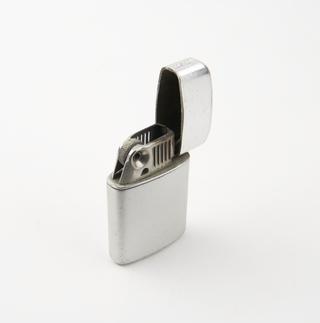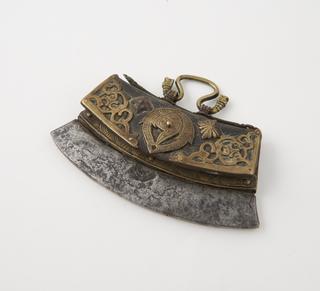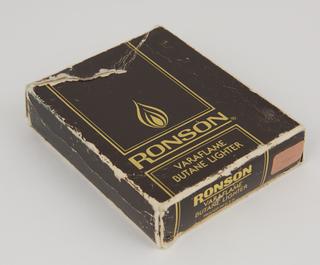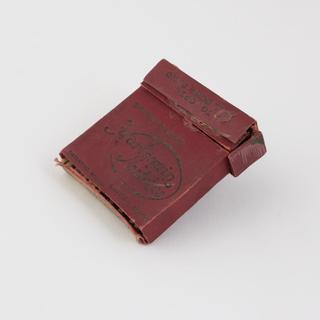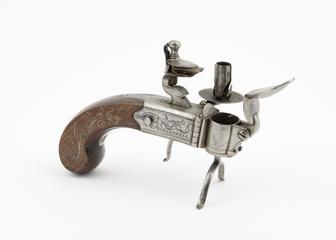
Two sheets of amadou or "German tinder"
- Made:
- Germany

Two sheets of amadou or ‘German tinder’, made from the fomes fomentarius fungus, also known as tinder fungus, probably German
Humans have throughout history used different fire-making techniques and tools to create fires. All of them work through creasing the temperature of tinder, which combusts, creates an ember, and then heats up other material, called kindling, until it starts to burn as a flame. Tinder, like these sheets of amadou made from fungus, is a fine material with the ability to combust quickly. Depending on region and the fire-making tool that is used, what exactly these materials are varies. Apart from amadou made from fungus, they can be wood or bark shavings, dried leaves, grass, pine needles, or other plant fibres, as well as artificial materials like paper strips, steel wool, char cloth, or petroleum.
This object is part of the Bryant and May fire-making collection, which used to be displayed in a private museum within the Bryant and May match-making factory’s offices. The collection comprises around 1200 objects, dating from the Stone Age to the early 20th century that illustrate the variety of tools and techniques humans across the world have used to create fires.
The collection was mostly acquired by the ornithologist and fire-making enthusiast Edward Bidwell and cared for by the collector Miller Christy. Bidwell collected between the late 19th and early 20th century – when Britain's colonial power was at its peak. Tracing the objects’ provenance is therefore difficult and part of the long and problematic history of colonial exploitation.
Details
- Category:
- Firemaking
- Object Number:
- 1937-682/1
- Materials:
- amadou
- Measurements:
-
second sheet: 355.6 mm
first sheet: 457.2 mm
- type:
- amadou
- credit:
- Wilkinson Sword Ltd.

